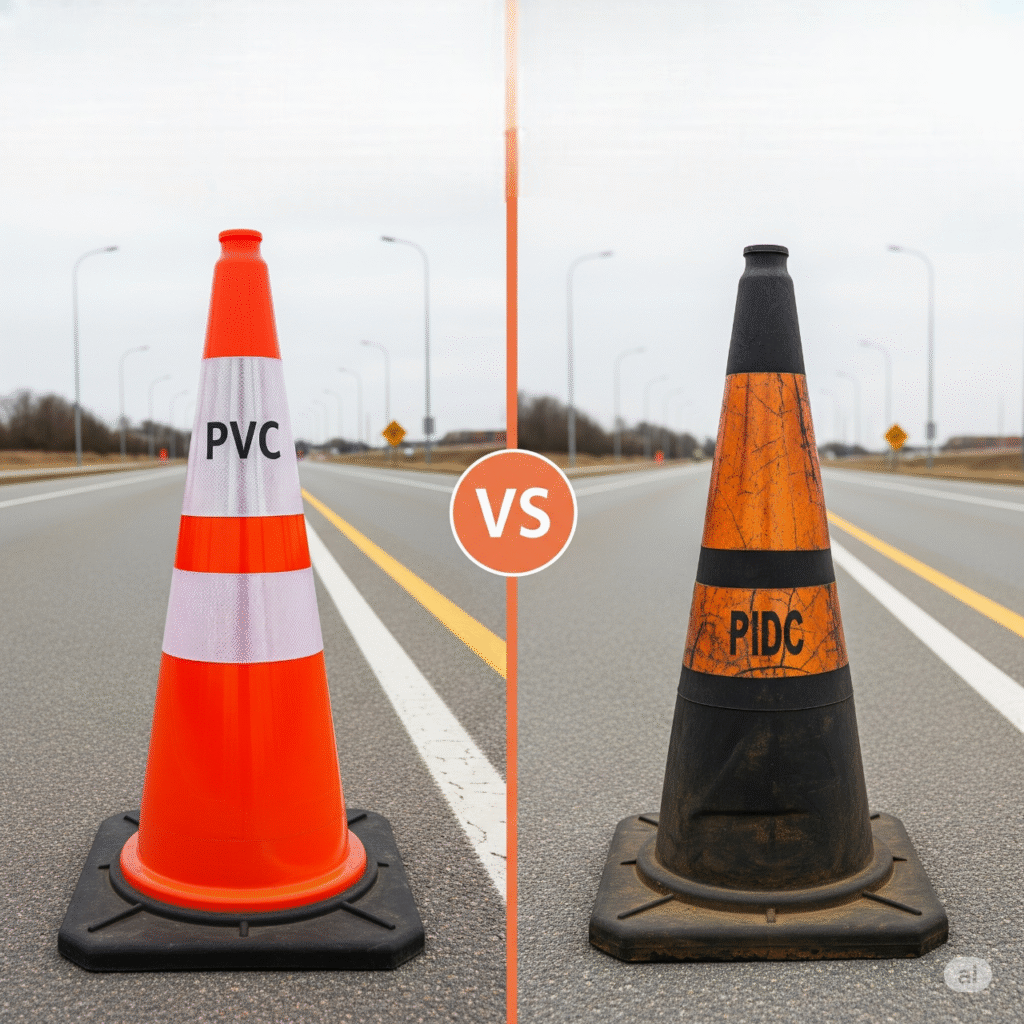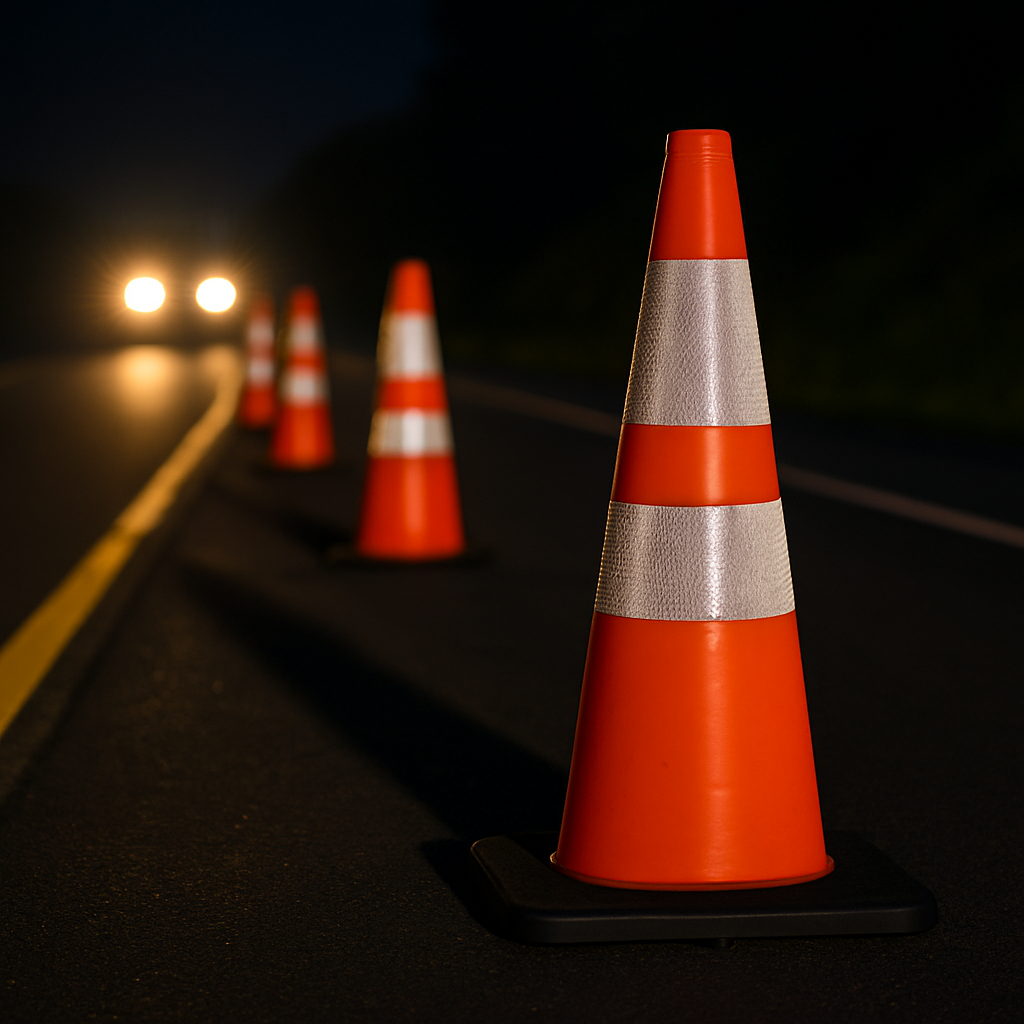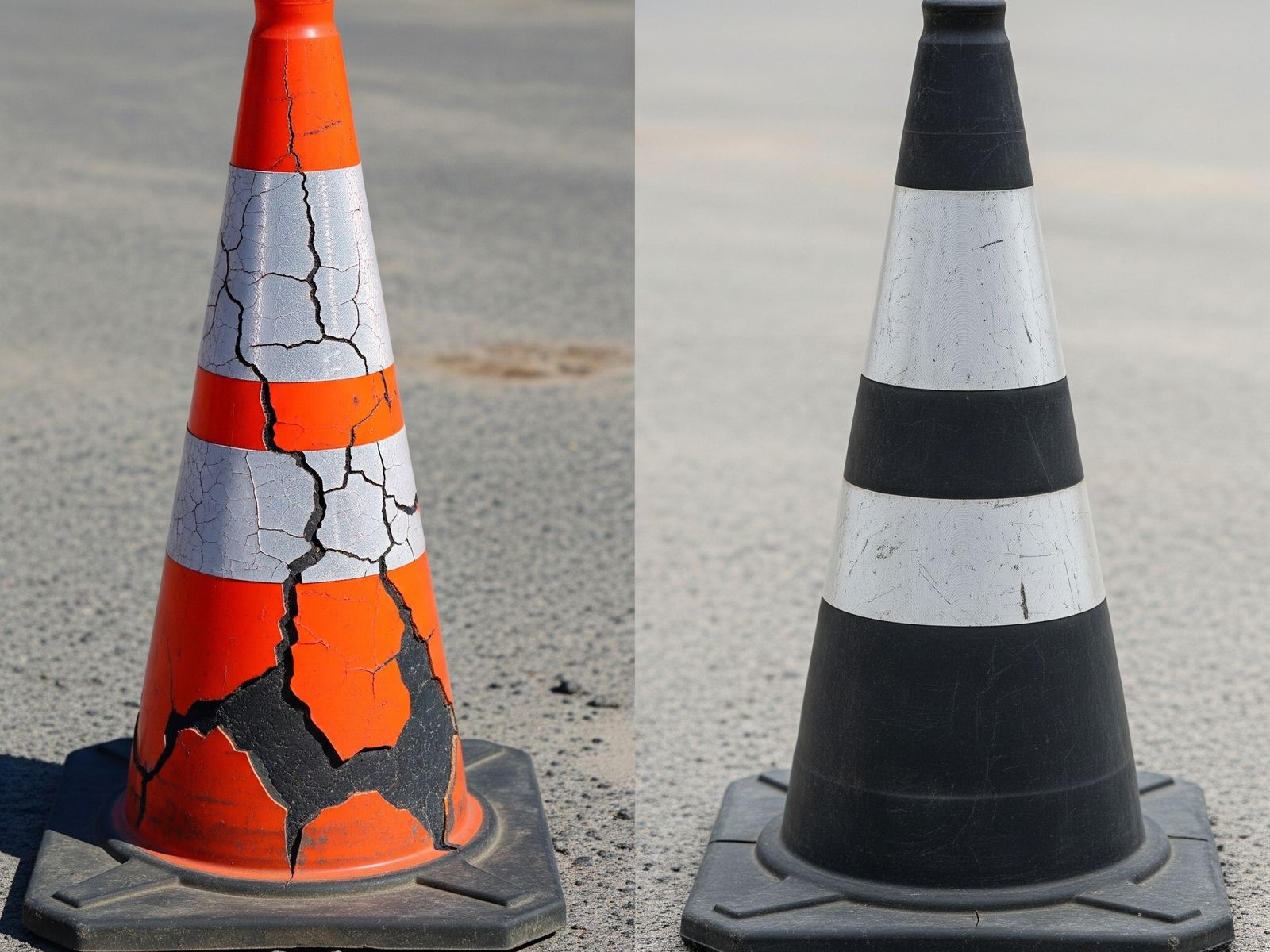Traffic cones are among the most versatile and essential safety tools in any commercial or industrial facility. Whether it’s for directing vehicle flow, marking hazards, sectioning off cleaning zones, or managing emergency situations, cones play a silent but critical role in maintaining order and reducing risk.
Yet, buying the right traffic cones is often treated as a routine purchase rather than a strategic decision. Not all cones are built equally, and not every cone serves the same purpose. A poorly selected or low-quality cone can lead to accidents, confusion, or compliance issues. This procurement guide is designed to help facility managers, safety officers, and operations heads make informed decisions when sourcing cones for internal safety operations.
Know the Use Case Before Buying
Before placing any orders, it’s important to define how and where the cones will be used. Traffic cones used in outdoor vehicle zones must meet completely different durability and visibility standards than cones used indoors to mark wet floors or maintenance areas.
For facilities with mixed operations—such as logistics yards, warehouses, production floors, and parking zones—it’s common to need multiple cone types across departments. Consider creating a categorized list based on usage zones: indoor pedestrian areas, loading bays, exterior traffic lanes, temporary repair sections, and emergency preparedness stock.
Understanding the environment and risk level of each use case is the foundation for selecting the right cone type.
Material Matters
One of the first decisions in the procurement process is the material of the cone. The most common options are PVC, rubber, polyethylene, and recycled plastic. Each comes with its strengths.
PVC cones are flexible, UV-resistant, and weather-durable. They hold up well under vehicle impact and are commonly used in outdoor environments. Rubber cones offer even more weight and grip, making them ideal for windy or uneven surfaces. Polyethylene cones are lighter, more rigid, and better suited for indoor or light-duty tasks.
For long-term value, avoid cones made from low-grade plastic. They tend to crack under impact or sunlight and have a short lifespan, especially in busy industrial settings.

Size and Height Standards
Traffic cone height directly affects visibility and application. Smaller cones, typically around 18 inches, are suitable for indoor use or low-speed environments like facility walkways. They’re useful for blocking off mop zones, small spills, or minor equipment maintenance.
For any area where vehicles are in operation—such as forklift paths, parking lots, or exterior roadways—cones should be at least 28 inches tall. Taller cones offer better visibility, especially at a distance or around corners. In some cases, 36-inch cones may be more appropriate for areas with high vehicle speeds or poor lighting conditions.
When safety regulations apply, such as municipal traffic laws or DOT-compliance needs, make sure the height and shape of the cones align with the mandated standards.

Visibility Features Are Non-Negotiable
In any facility, clear visibility of traffic cones is crucial. This is especially important in low-light environments such as night shifts, dim warehouses, or covered loading docks. Reflective collars or bands make cones noticeable under headlights or overhead lighting.
The best practice is to procure cones with two reflective collars—one wide band near the top and a thinner one below. The collars should meet brightness standards for reflectivity, often specified by local safety codes.
Also, consider the cone color. Orange is the standard for general use, but in some cases, other colors like lime green or yellow may be used to signal specific warnings. Just ensure color use remains consistent across the facility to avoid confusion.

Weighted Bases for Stability
A cone is only useful if it stays upright. In industrial or outdoor environments, cones are frequently exposed to wind, vibration, or passing equipment. Weighted bases ensure that cones remain stable and don’t fall over easily.
Some cones come with built-in weight at the base, while others allow for the addition of rubber rings or sandbags. If your environment includes truck lanes or open-air areas, choose cones with heavier bases to minimize tip-overs.
This also applies to facilities with high forklift activity. Even indoor cones should be heavy enough to remain upright if brushed or passed at close distance.
Quantity and Distribution
Procurement doesn’t end with selecting the right cone type. You also need to determine how many are required and where they should be stored or distributed. Understocking cones can lead to unprotected hazards during emergencies or force staff to borrow cones from other zones, disrupting operations.
Conduct a walk-through of your facility and estimate the number of cones needed per zone. Add an extra buffer for unexpected use or replacements. For example, a logistics center may require dozens of cones at dock doors, pedestrian crosswalks, staging lanes, and entry points.
Keep backup stock in centralized storage, and place permanent or mobile cone racks in areas where cones are frequently deployed. A well-distributed inventory ensures cones are always available when needed.
Vendor Evaluations
Not all suppliers offer the same quality or reliability. Look for vendors with a proven track record in industrial safety products. Check that their cones meet any required certifications, such as MUTCD compliance or OSHA recommendations.
It’s also useful to check if the vendor offers bulk discounts, customizable options, and fast restocking services. If your operation is growing or has seasonal surges, responsive supply partners can save you from operational delays.
Request product samples if possible. Field-testing cones in your actual environment for stability, visibility, and durability helps avoid bad purchases.
Maintenance and Lifecycle Management
Even high-quality cones degrade over time. UV rays, frequent impacts, or exposure to chemicals can cause fading, cracking, or bending. As part of your procurement planning, include a cone maintenance and replacement schedule.
Assign a safety officer or supervisor to inspect cones regularly. Replace any cones that are faded, broken, or missing reflective collars. Consider marking cones with a purchase date or ID number for easy tracking over time.
Cones that no longer stand properly or have lost visibility should be retired and replaced. A proactive replacement plan ensures your facility maintains high safety standards without last-minute panic purchases.

Integration with Facility Safety Systems
Cones are most effective when they’re integrated into the larger facility safety framework. This means coordinating cone use with signage, barriers, training programs, and emergency response plans.
Train staff on proper cone deployment techniques. Make sure team leads know where cones are stored and how to use them for temporary hazards or incidents. Include cone placement protocols in safety drills or shift start meetings.
When cones are used consistently and supported by broader safety policies, they become an active part of your risk reduction strategy—not just passive equipment.
Conclusion 🙂
Traffic cones may seem like a small piece of the facility safety puzzle, but they play an outsized role in daily operations. From guiding traffic to marking dangerous zones, the right cone can prevent serious injuries and expensive downtime.
Procurement should be based on thoughtful analysis of use cases, material quality, visibility needs, and long-term maintenance. With a smart procurement plan and a reliable vendor, cones become a durable, trusted tool for controlling risk and keeping operations safe.
Contact Us For Manufacturing
Looking for a custom traffic cones manufacturer or supplier? Struggling to find the right factory to bring your vision to life? We’ve got you covered! At our place, we craft top-quality traffic cones with precision and care. Big or small, your needs are our mission. Let’s launch your cones project and take your product line to the next level! Click here to contact
